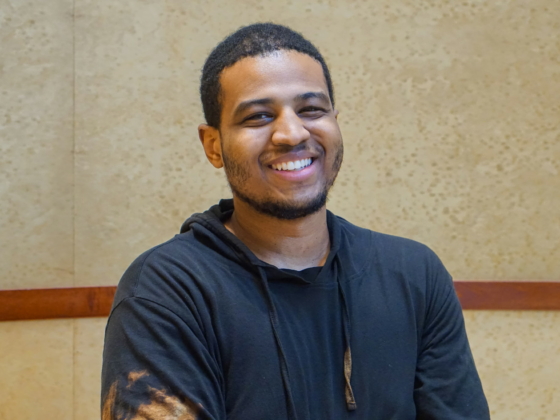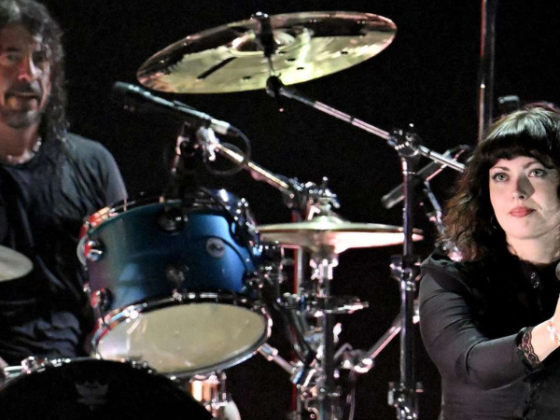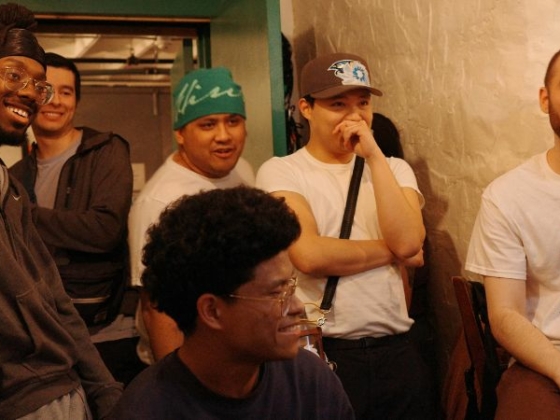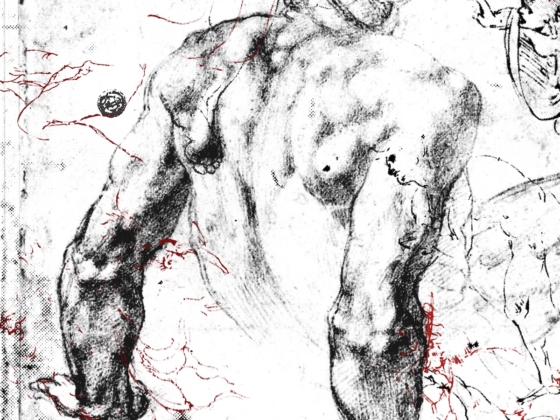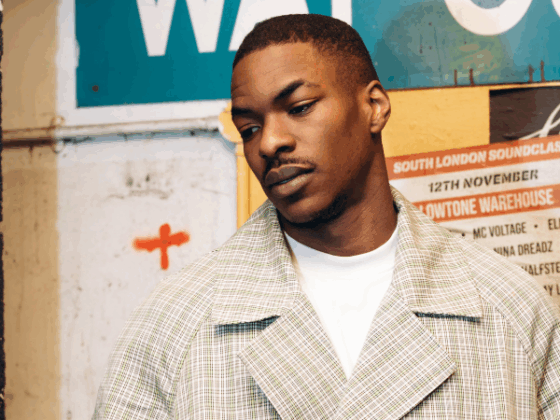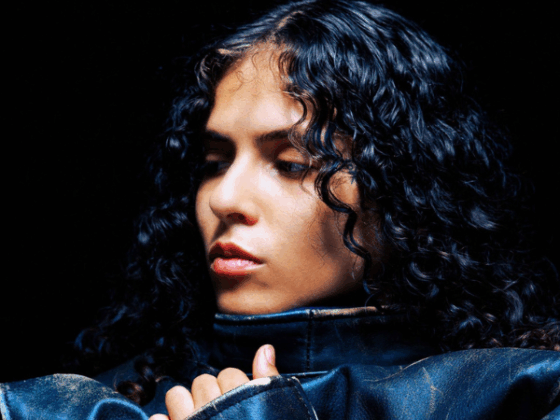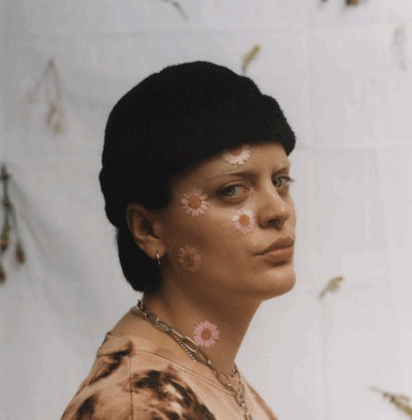Cooper Phillip is an acclaimed teacher and founder of Biophonics, a vocal teaching method that has taught over 50,000 singers in over 70 countries. Cooper is best known as an artist with over 10 million streams who has built a following all around the world with her soulful pop musical releases around central themes of self-love and empowerment. The artist has begun sharing her gift of singing to others not just through her music but also through her teaching academy Biophonics. She is a vocal coach and collaborator for major artists, including Tom Jones, Eric Benét, Dave Koz, Walter Afanasieff, Kenny G, John Legend, and Gallant among others. Cooper is also a mentor and voting member of the Grammy Recording Academy and an international vocal competition winner.
We chatted with this multi-dimensional creative and music entrepreneur all about her vocal academy, singing method, influences and more.
Hi Cooper, it is such a pleasure to chat with you today. You are a prolific singer-songwriter and we have covered your music before. What readers might not know about you though is how you founded a vocal academy Biophonics. Can you tell readers why and how you began it?
Thank you, Earmilk, for having me for this interview. Many people may not know that, along with music performance, songwriting, and singing, one of my greatest passions is vocal coaching. From an early age, I was deeply fascinated by the voice—how it works, how to build a reliable technique, and how to help others master it.
Throughout my journey, I had many different teachers. Some provided incredible tools, but my love for soul, R&B, and gospel music set me on a unique path. Growing up in Russia, I had very limited access to material on Western music, so I had to develop my own system for learning how to riff and run. That challenge ultimately led me to create a structured approach to teaching vocal agility and expression.
I started sharing my knowledge in 2008, and it quickly became clear how impactful these insights could be for others. I began teaching in my home country, then expanded my reach after moving to the United States. I even arranged teaching tours across Europe, initially offering lessons in Russian. Over the past two years, my method—Riffs and Runs by Cooper Phillip—has taken me to over 30 countries, allowing me to share my original techniques with singers worldwide.
You have taught over 50,000 students in over 70 countries. What an accomplishment. What is the most rewarding part of teaching Biophonics?
One of the most fascinating things I’ve discovered through teaching is how much it has shaped me as an artist. Working with so many different people has not only deepened my understanding of human psychology but has also helped me grow in ways I never expected. It allowed me to better understand myself—what kind of artist I truly am, the music I want to create, and the personal challenges I need to overcome to push my own artistry forward.
Beyond my own growth, the most rewarding part of teaching Biophonics has been witnessing the incredible achievements of my students. Hundreds—if not thousands—have reached extraordinary milestones, from winning international singing competitions to being selected for Eurovision and releasing records with millions of streams. Seeing their success and knowing that I played a role in their journey is an indescribable feeling. It’s a privilege to be part of their growth and to help them unlock their full potential.
What makes this practice so universal?
The most universal aspect of Biophonics is that everything starts with the body. I’m deeply passionate about vocal osteopathy and bodywork techniques, which help singers align their bodies in a way that instantly improves their vocal resonance. By focusing on body alignment first, we create a solid foundation for better breath control, tone, and vocal expression.
What makes this method truly unique is that it’s not a one-size-fits-all approach. Every singer is different, and instead of forcing everyone into a rigid formula, my system provides a wide range of tools that allow each person to discover what works best for them.
The Biophonics method is built on three core elements:
1. Body – Aligning and balancing the body to unlock vocal potential.
2. Breath – Developing proper breath support and control.
3. Voice – Using original exercises that not only improve technique but also enhance phrasing, vocal memory, and musicality.
The exercises in my method are designed to be engaging and feel like mini songs, making the learning process both fun and highly effective. It’s a deep, holistic approach that helps singers connect with their authentic voice while building strong technical skills.
How important is breathing and breath work to singing and what can students learn through your method?
Breath work is the core element of the Biophonics method. Proper breathing not only allows singers to support and control their voice more effectively, but it also serves as a powerful tool for vocal defense—protecting the vocal cords from strain, fatigue, and unhealthy habits. When used correctly, breathing acts as a natural safeguard, helping singers maintain vocal health and longevity.
My personal journey with breath work started in childhood. I suffered from severe asthma, and my teacher, who developed breath correction techniques—also called Biophonics—helped me completely eliminate my asthma in just three sessions. That experience was life-changing, and I knew I had to incorporate this powerful knowledge into my own teaching.
What’s incredible about this method is how quickly it produces results. By optimizing the way singers breathe, we unlock their full vocal potential naturally. This leads to increased vocal mass, greater endurance, and consistency—allowing artists to perform at their best while staying healthy 10 out of 10 times.
Can you explain your 'Riffs and Runs' program and what students expect to learn from it?
The Riffs and Runs method takes an academic and instrumentally based approach to teaching vocal agility. It breaks down different types of riffs and runs into structured categories, allowing singers to analyze, identify, and replicate them with precision.
My background as a pianist played a major role in shaping this method. Many of the concepts I teach are rooted in an understanding of instrumental classics, which helps singers develop a more systematic and structured way of approaching vocal embellishments.
With this method, singers learn to instantly recognize different types of riffs and runs upon hearing them for the first time. They develop the ability to break them down, understand their patterns, and execute them correctly in real time. The program also builds strong vocal articulation, control, and consistency, ensuring that every riff and run is delivered with clarity and precision.
Ultimately, this training enhances vocal agility while helping singers develop their own authentic voice, allowing them to express themselves with confidence and musicality.
Who are singers you admire who have influenced your practice?
I’ve been deeply inspired by Mariah Carey, and my riffs and runs journey actually started with mimicking her songs as a kid. At just 11 years old, without knowing a word of English, I was so captivated by her music that I started learning English just to understand the titles of her songs.
Beyond Mariah, I have immense admiration for Toni Braxton, Eric Benét, Stevie Wonder, Beyoncé, Lalah Hathaway, and my gospel queen, Kim Burrell—who has influenced my singing tremendously. These artists, with their unique phrasing, musicality, and vocal agility, helped shape my vocal approach and inspired me to develop a method that empowers singers to achieve their own vocal goals.
There are so many incredible voices that have influenced my journey, and their artistry continues to push me to evolve and refine my teaching.
You teach not only in person but also online. How important is digital media to your business?
With the growth of my name and brand, I’ve received an overwhelming number of requests for in-person workshops and masterclasses all over the world. As much as I love teaching in person, it’s physically impossible to travel everywhere—though I’m certainly trying my best, LOL!
That’s why bringing this knowledge into a structured digital program has been such a game-changer. It has allowed me to reach and impact so many more singers, no matter where they are.
I also strongly believe that the real work comes from the singer themselves. Every artist is truly the architect of their own voice. While guidance and technique are essential, consistent self-practice is what leads to mastery. My method reinforces the idea of self-worth and discipline, encouraging artists to take ownership of their vocal journey. The more effort they put into developing their technique, the more consistent and powerful their voice will become.
What's next for both Cooper Phillip and Biophonics?
This year is going to be huge! I’m getting ready to release a lot of new music, creating fresh songs, and filming exciting content and music videos. I can’t wait to share everything with my audience.
On the teaching side, I’ve just finalized plans for my upcoming Eastern tour, which is going to be incredible. We’re starting in Kazakhstan, then heading to Kyrgyzstan for the first time. After that, I’ll be making stops in St. Petersburg and Moscow before wrapping up in Tokyo, Japan, where I’ll be hosting my very first masterclass in Japan—something I’m super excited about.
I’m feeling really inspired, and I’m hopeful that 2025 will be an amazing year filled with new music, powerful performances, and opportunities to connect with even more singers and artists around the world.
Connect with Cooper Phillip: WEBSITE | INSTAGRAM


